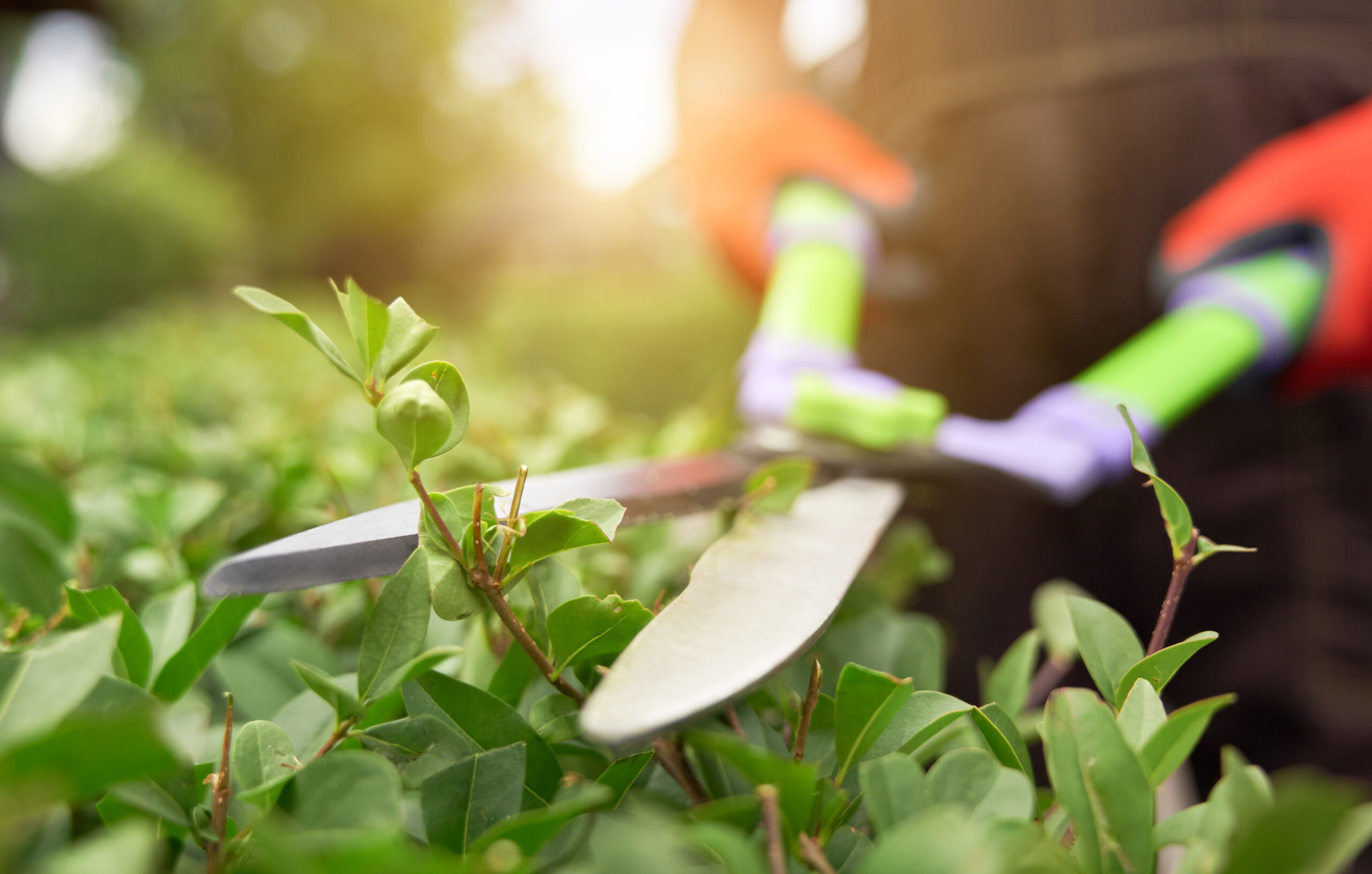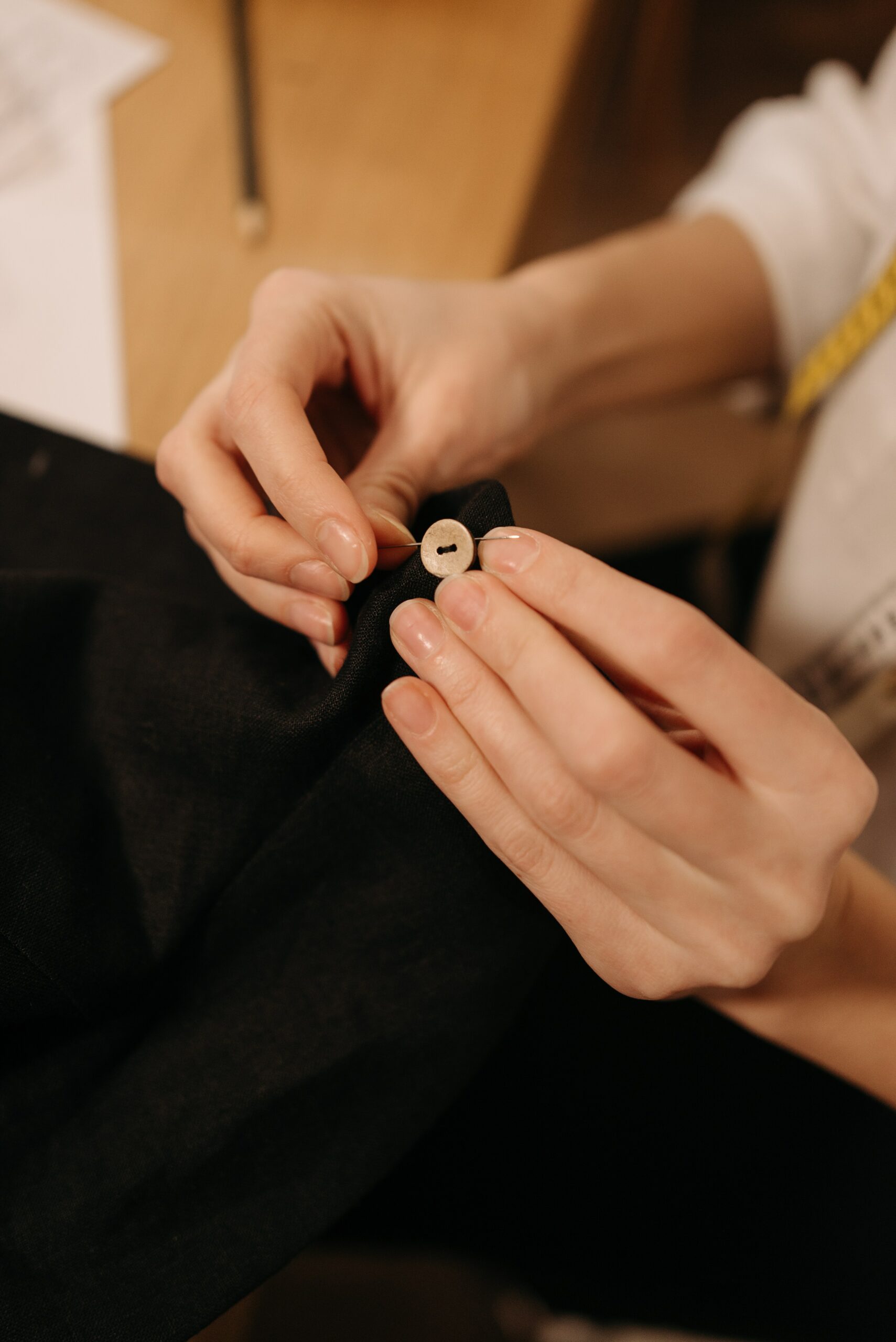Welcome to the world of succulent gardening, where beauty meets simplicity. Learning how to create a stunning succulent garden is an art form that allows you to express your creativity while enjoying low-maintenance gardening. Succulents, with their captivating shapes and vibrant colors, have taken the gardening world by storm. They are perfect for both beginners and experienced gardeners, offering endless possibilities for design and care.
In this comprehensive guide, we’ll take you through the step-by-step process of creating a breathtaking succulent garden. Whether you’re starting from scratch or looking to enhance your existing garden, our insights will empower you to craft an outdoor oasis that’s not only visually striking but also easy to maintain.
Selecting the Right Succulents
Creating a stunning succulent garden begins with choosing the right plants. Succulents come in a diverse array of species, each with its unique charm and care requirements. To design a garden that’s both visually appealing and harmonious, consider the following factors when selecting your succulents:
- Climate Compatibility: Before anything else, assess your local climate. Some succulents thrive in arid, sun-soaked conditions, while others prefer milder climates. Choose species that are well-suited to your region’s climate to ensure their longevity.
- Size and Shape: Succulents come in various sizes and shapes, from low-growing rosettes to tall, architectural forms. Plan your garden layout by mixing sizes and shapes to create a visually dynamic landscape.
- Color Palette: The color palette of succulents ranges from calming greens to vibrant reds and purples. Decide on a color scheme that complements your garden’s overall design or theme, ensuring a cohesive and captivating look.
- Texture and Form: Succulents exhibit diverse textures and forms. Some feature smooth, glossy leaves, while others are adorned with fine hairs or intricate patterns. Combining various textures and forms adds depth and intrigue to your garden’s visual appeal.
By carefully selecting succulents that align with your garden’s location and design vision, you’ll set the stage for a visually captivating landscape that thrives in its environment.
Designing Your Succulent Garden
Designing a stunning succulent garden involves more than just planting your chosen specimens. It requires thoughtful planning and consideration of various design elements. Here’s how to design a succulent garden that’s both eye-catching and cohesive:
- Layout and Arrangement: Start by deciding on the layout of your garden. Consider whether you want a container garden, a raised bed, or an in-ground garden. Each option offers different possibilities for arranging your succulents.
- Focus Points: Create focal points within your garden by placing larger or particularly striking succulents in strategic locations. These focal points draw the eye and provide visual interest.
- Color Coordination: Arrange succulents with complementary or contrasting colors in clusters. This not only enhances the aesthetics but also creates a harmonious balance of hues.
- Height Variation: Use succulents of different heights to add dimension to your garden. Taller succulents can serve as backdrops, while shorter ones create foreground interest.
- Spacing and Balance: Be mindful of spacing between succulents. Give them enough room to grow and spread, and achieve balance by distributing various succulent types evenly.
- Enhancing Decor: Incorporate hardscaping elements like decorative rocks, pebbles, or driftwood to enhance the visual appeal of your succulent garden. Decorative containers or pots can also add charm to your garden design.
Thoughtful garden design creates a captivating landscape that showcases the beauty of succulents and provides an inviting space for relaxation.
Planting and Caring for Succulents
Proper planting and maintenance are essential for the long-term health and beauty of your succulent garden. Follow these key steps to ensure your succulents thrive:
- Well-Draining Soil: Succulents dislike standing water, so use a well-draining soil mix. You can also amend your garden soil with sand or perlite to improve drainage.
- Planting Depth: When transplanting succulents, ensure they are at the same depth as they were in their previous container. This prevents rot and encourages healthy root development.
- Watering: Succulents are drought-tolerant but require periodic watering. Water deeply, but allow the soil to dry out between waterings. Be cautious of overwatering, as it can lead to root rot.
- Sunlight: Most succulents thrive in bright, indirect sunlight or partial shade. Place your garden in a location where it receives the appropriate amount of light for its species.
- Fertilization: Use a balanced, water-soluble fertilizer diluted to half strength during the growing season (spring and summer). Avoid fertilizing in the dormant season.
- Pruning and Maintenance: Trim dead or damaged leaves to encourage new growth. Remove spent flowers to promote additional blooms. Regular maintenance keeps your garden looking its best.
- Protection from Frost: In cold climates, protect your succulents from frost by moving them indoors or providing cover during chilly nights.
By following these planting and care guidelines, your succulent garden will flourish and continue to enchant visitors with its captivating beauty.
Troubleshooting Common Issues
Even well-maintained succulent gardens may encounter challenges. It’s important to recognize and address common issues promptly to ensure the health and vitality of your garden. Here are some common problems and solutions:
- Overwatering: If you notice yellowing leaves or mushy stems, you may be overwatering. Allow the soil to dry out completely before watering again.
- Underwatering: Symptoms of underwatering include shriveled or wrinkled leaves. Water your succulents when the soil is dry to the touch.
- Pests: Common pests include mealybugs and aphids. Remove them with a gentle spray of water or use neem oil as a natural insecticide.
- Rot: Root rot can occur due to excessive moisture. Ensure proper drainage and repot affected plants with fresh soil.
- Leggy Growth: Succulents may become leggy (elongated stems) if they don’t receive enough sunlight. Move them to a brighter location to encourage compact growth.
- Diseases: Keep an eye out for signs of fungal or bacterial diseases. Isolate affected plants and treat them with appropriate remedies to prevent the spread of infection.
By addressing these issues promptly and effectively, you’ll maintain the health and beauty of your stunning succulent garden.
Conclusion
In conclusion, creating a stunning succulent garden is a gratifying journey that allows you to blend your creativity with the wonders of nature. By selecting the right succulents, designing your garden with care, and providing proper planting and maintenance, you can cultivate a garden that’s not only visually captivating but also easy to care for.
Remember that each succulent variety has its unique charm, and designing your garden to showcase their individual beauty can result in a truly mesmerizing landscape. With the right combination of color, form, and texture, your succulent garden will become a source of joy and inspiration.
So, roll up your sleeves, get your hands in the soil, and embark on this succulent adventure. With our step-by-step guide as your companion, you’re well-equipped to create a stunning succulent garden that will be the envy of all who behold it.
Happy gardening, and may your succulent garden flourish in all its glory!
Image by ArthurHidden on Freepik









